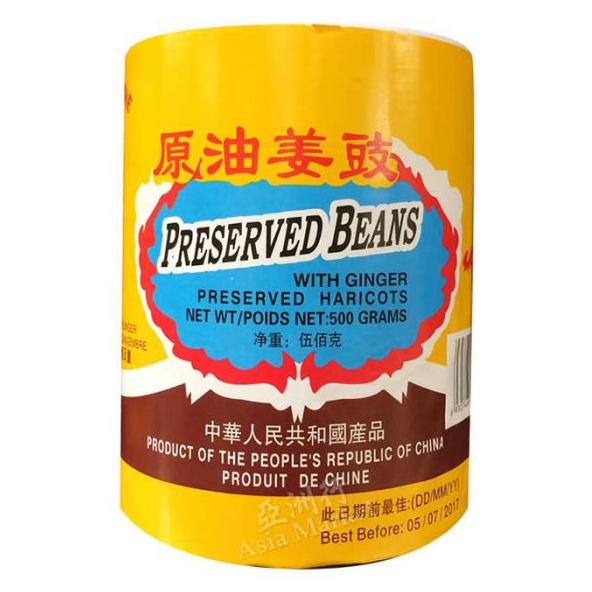Chinese Vegan Guide to Preserved Black Beans
What is often called 'black bean' is a bit of a misnomer; it's not the black bean found in Latin American, Cajun or Creole cuisines. Known in Chinese as douchi, it's actually a black soybean that has been fermented and preserved with salt. Don’t underestimate the power of these tiny, shrivelled pellets - due to their fermented properties, they impart an incredibly rich and distinctive flavour to any dish. Not unlike a blue cheese or Parmigiano!
You will most likely have encountered it in black bean sauce — now a supermarket staple and used in common simplified Chinese dishes, which unfortunately features high amounts of added sugar and salt and very little of the black bean itself. In traditional home cooking preserved black beans would more often be stir fried or steamed with meat or fish to infuse a savoury or umami flavour. You can easily substitute meat with fresh vegetables, tofu and even starches and grains.
It strikes me as a huge shame that commercial black bean sauces are so unhealthy. As part of my Celestial Peach product offering (coming soon!) I've been creating my own black bean powder from scratch to mix into a unique spice blends. They are easy to use, sugar and additive free and an ideal alternative to black bean sauce. You heard it here first!
Benefits
High in antioxidants
Enzyme rich to aid with gut health
Intense umami flavour increases satiety
Can lower blood sugar and high blood pressure/ hypertension
Tips
Less is definitely, definitely more. Use very small quantities due to its high sodium content (recommended 1 tsp per dish). Don’t use additional salt.
Prepare by soaking for a few minutes and rinsing thoroughly. A bean should taste salty but not unbearably so.
The flavour can be distinctively overwhelming. Temper by roughly crushing or mashing with minced garlic before frying.
Stir fry in a little oil before adding ingredients, or steam directly with vegetables.
Healthy vegan recipes
Tofu with black bean sauce (thewoksoflife.com)
Mapo tofu (pickledplum.com)
Sichuan black bean chili oil (food52.com)
Further reading
Same same but different? Japanese natto uses the same production method with different tasting results (sbs.com)









